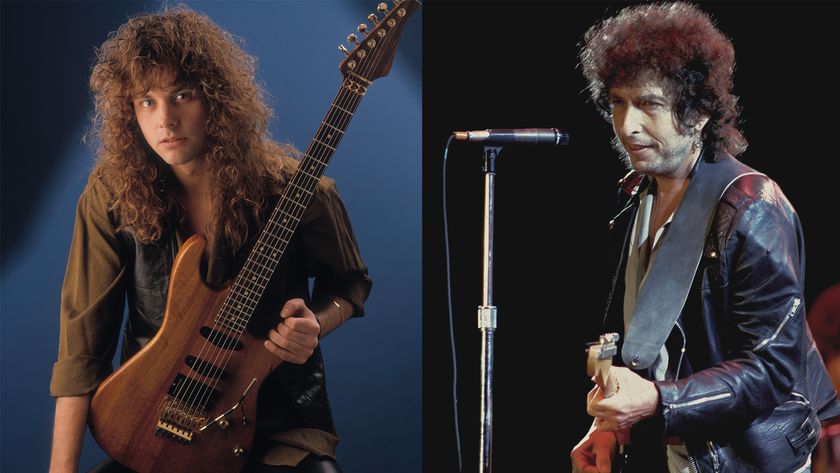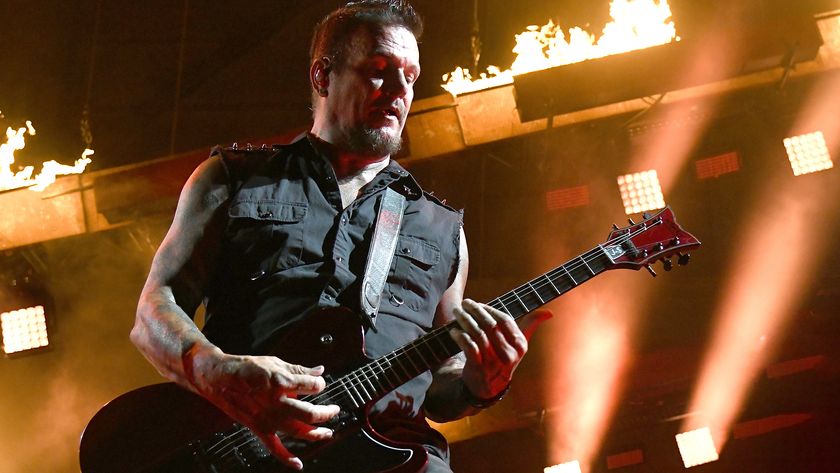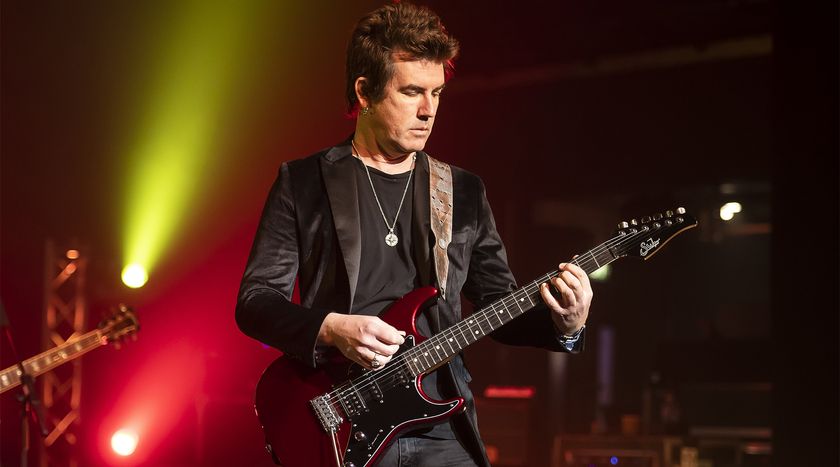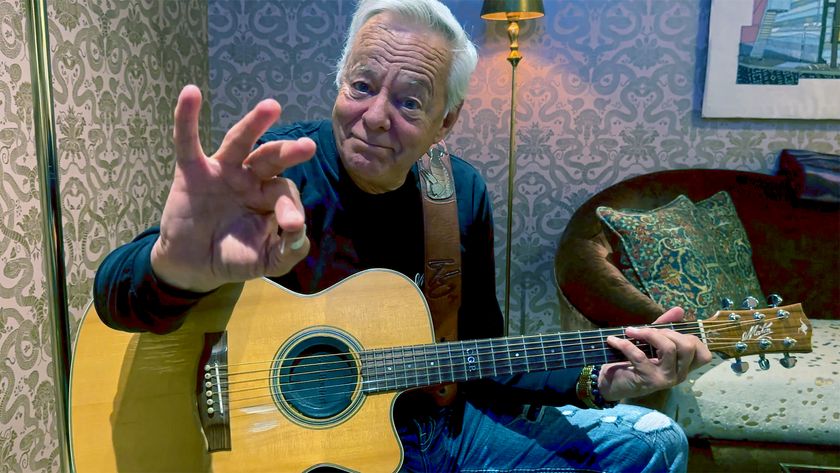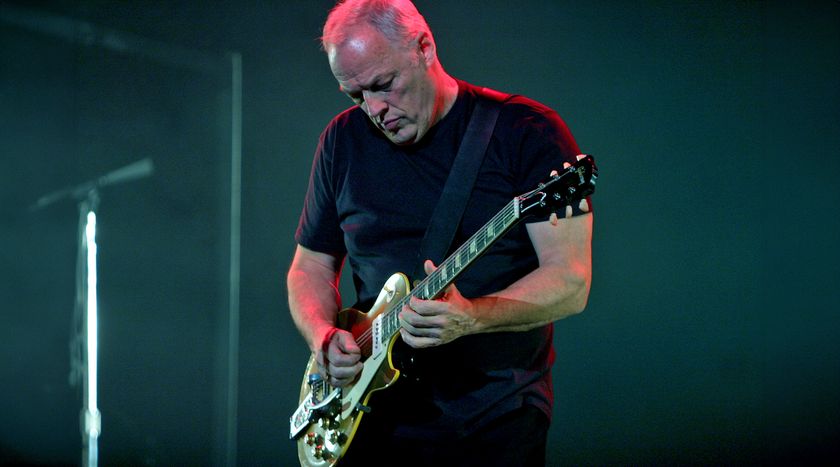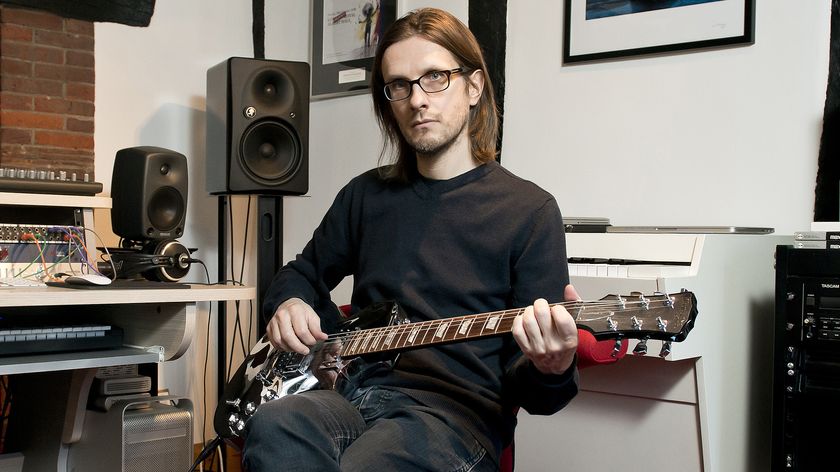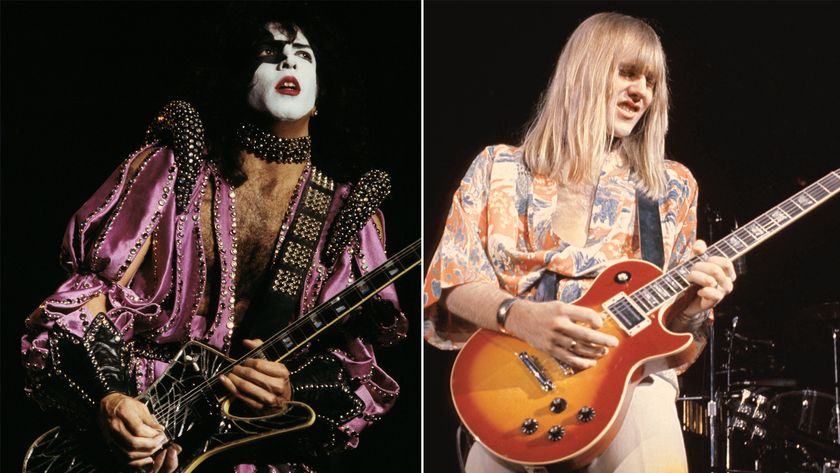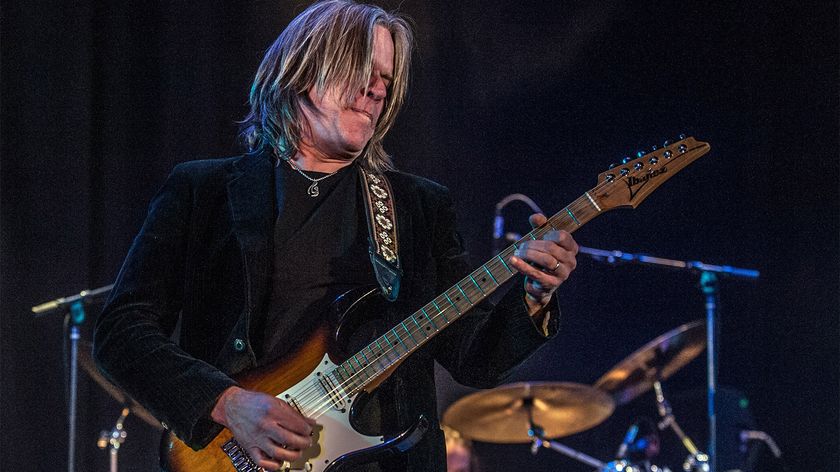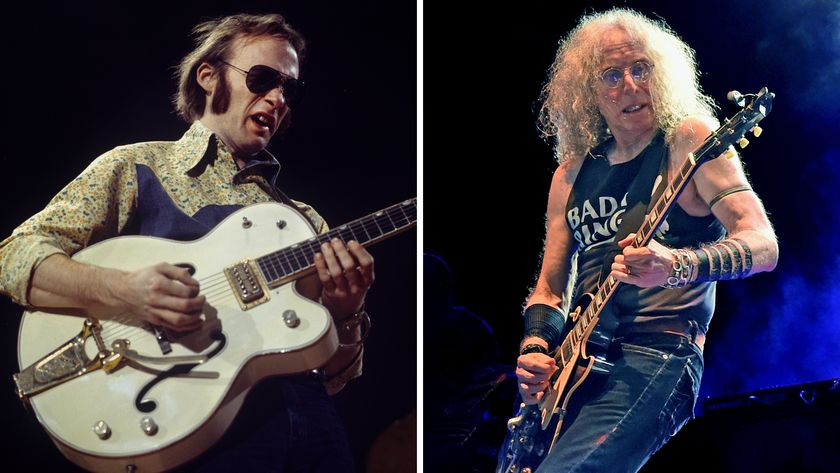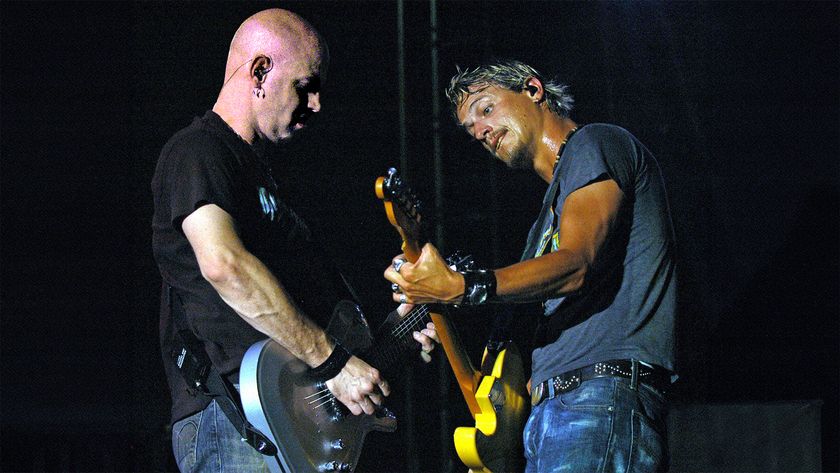Gary Clark Jr. Talks Writing and Recording Grammy-Winning Album ‘This Land’
The inspiration and essential gear behind last year’s winner of the Grammy Award for Best Contemporary Blues Album.
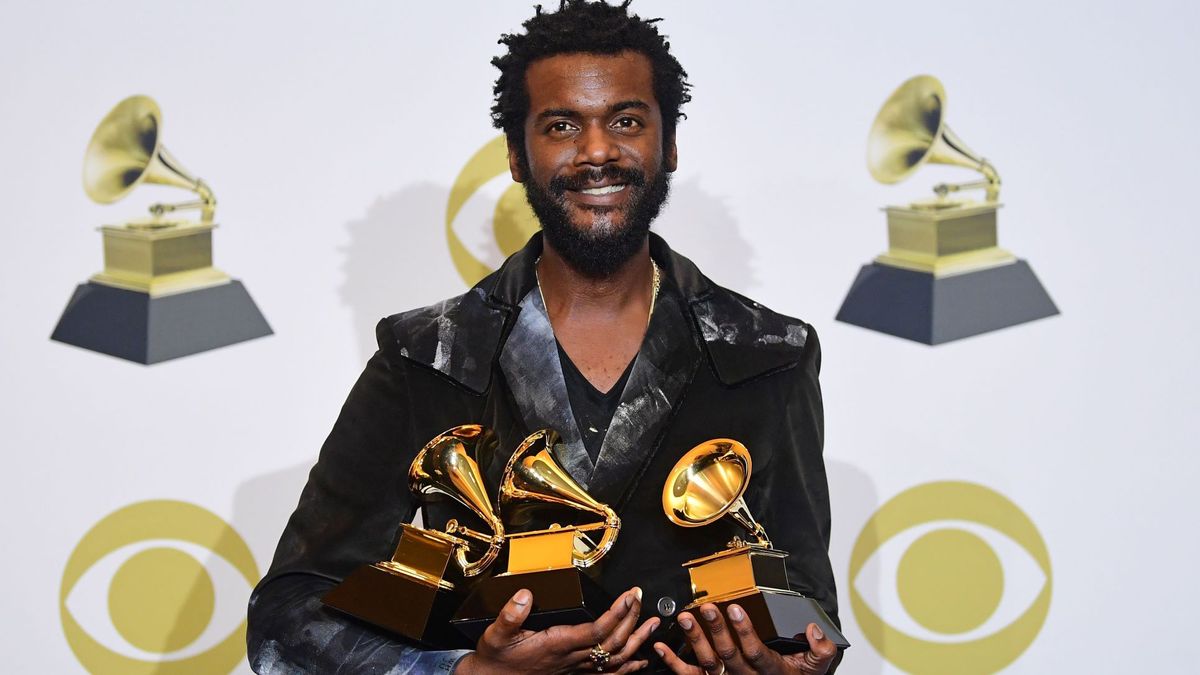
Gary Clark Jr.'s knack for bringing modern sounds and grooves into his songs have kept him on the leading edge of what might be loosely termed “blues rock.” But when asked about the stylistic diversity of the songs on his latest studio album, 2019’s This Land, he replies, “A lot of it was just being inspired by things – the good times, the bad times and just my experiences over the last few years.
“Another part of the inspiration was that my friend Sean McCarthy, who works with Jimmie Vaughan, gave me this hard drive with a bunch of music on it. So I was listening to stuff I hadn’t heard before and just strumming around on an electric guitar. I started messing around, making beats and chopping samples, and just kind of built it from there.”
Can you cite any differences in the way you approached this project?
I went in to Arlyn Studios in Austin with this producer/engineer named Jacob Sciba, and he basically just let me freak out for a couple of months. We tried a bunch of things – different tones, instrumentation and just trying to use the whole spectrum in the studio – we wanted to use all the colors.
I started off doing everything by myself, and then I got a real drummer in there – a guy named Brannen Temple – as well as John Dees, a keyboard player from Austin. Mike Elizondo and Alex Peterson [of the Peterson Brothers] played some bass, and I got Sheila E to do some percussion stuff out in L.A., which was an amazing experience. Afterward, I’d go back and layer other things over what they’d added.
So it wasn’t really like a band all out on the floor type of thing; it was a kind of like “figure it out as we go,” just doing whatever fit the vibe of who we had playing on the track.

The song “Gotta Get Into Something” has a raw, Ramones-like roar that sounds like you were really cranking in the studio. Was that the case?
Yeah, and I’ve really never done that before. I’ve always tried to be respectful, but this time it was like I had no manners. It just sounded better to be able to open the amp up all the way and then dial it back with the guitar. There’s something very freeing about that, and it opened up everything for me. I could play from zero to 10 and everything in between.
How much trigger time did your new SG get on these tracks?
Well, I was using my TV-color [gloss yellow] SG with three P-90s, until I stupidly didn’t unplug it and walked away. I got the cord caught up in my boot and snapped the headstock off – I cried a little bit about that. But Gibson was real nice and they made me a red SG with three P-90s, which I plugged into a Cesar Diaz 100-watt head running through a Marshall cabinet. Joe Walsh, who is a real sweetheart of a guy, gave me a 12-string Takamine that I used on a song called “The Guitar Man.” Those were pretty much all the guitars I used.
Was there anything in particular about the music you were listening to at the time that made you decide to cut loose in the volume department?
No, I think it was just the idea of having a new guitar. For the electric stuff it’s just loud SG cranked all the way up.
What gauge strings do you put on that guitar?
It’s like an .011 through .050 set – nothing too crazy. I also use a medium pick, but I don’t know what it is.
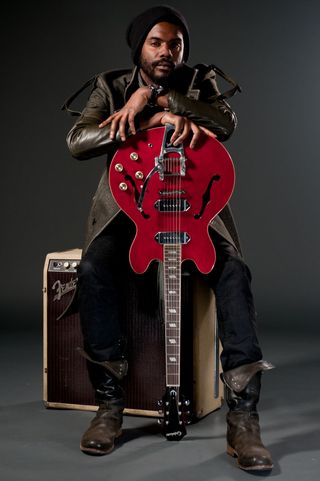
What effects did you bring to the sessions?
Early on I got into fuzz because of Jimi Hendrix. So I used a Fulltone Octafuzz, as well as a Crybaby wah, a Strymon Flint reverb/tremolo and a Hermida Audio Zendrive – although I didn’t use that one much because I couldn’t really dial it in for the sounds I wanted. But mainly it was volume. I’d just turn it all the way up and use the guitar’s tone knob to dial it in however I needed to.
What’s the rotary-speaker effect on “I Walk Alone”?
That’s the Strymon Flint. That was a fun one to record, and it started with me being in the studio in L.A. with Joseph Angel, who is a great writer and artist. I brought this idea to him and he helped me arrange it. He made it kind of like an R&B track, which was like a beat, and we built it from there with J.J. Johnson on drums. That song means a lot to me and I love how it turned out.
Were you pushing your voice harder on these songs?
Yeah. I think I’ve been a little bit shy about exploring my voice because it’s hard for me to perform in the studio. I don’t want anybody in the studio when I’m singing at all. I get way back in the vocal booth and I turn the lights as low as possible so I can still see what I’ve written. I might have a tequila or two, and I just let loose.
But I’ve always kind of held back and sung to reach the notes and not really to evoke emotion or paint a picture or become a character for a particular song. It’s always been like my normal voice over everything – either falsetto or my lower register. But this time I was experimenting with all kinds of things, because I’ve come to realize that your voice is an instrument and it can change and it can be manipulated. I guess I’m just becoming more comfortable with it.
I’m not getting any younger either, so I want to have fun with it and let loose before I can’t do it anymore.
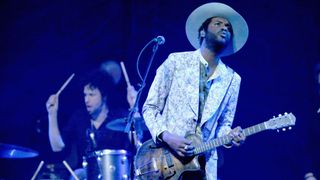
“Feelin’ Like a Million” is a tune with a powerful melody and story line. How do you come up with lyrics?
I think I’ve gone completely mad searching for lyrics for this album. They don’t come easy, and I second-guess everything because I want it to be from an honest place. I want to be able to still sing it 10 years down the line. You know what I mean?
I’ll do the whole lyric and lay it down, and I’ll listen to it over and over and then go, “Forget that. I’m going to come up with something else.” I’ll either redo it or change a few lines, but I want the story to be complete and to paint a picture. I want every line that goes by to be some kind of visual for me, so when I hear it I can see it as well. If that doesn’t happen, I’ll just scrap it and redo it.
Isn’t it time consuming to be rewriting lyrics in the studio?
Yeah, and my deep thanks to Jacob and [assistant engineer] Joseph Holguin, because those guys were very patient while I would be in the booth for hours and hours trying to figure something out. That song in particular I sung over and over trying to get a pre-chorus that felt right. Then I’d sing the hook and switch words around, and they’re like, “Dude, it’s cool now.” But I’m going “No!” Once it felt like it was really right though, they said, “Okay, we get it.” That one definitely took a while, but you know, they all took a while.
Like I said, it doesn’t come easy for me. But for a lot of the songs I often came back to where my instincts were initially. I’d pull a tune apart and try to make it bigger or more complicated, and that would take a few days, and then I would come back to the original idea.
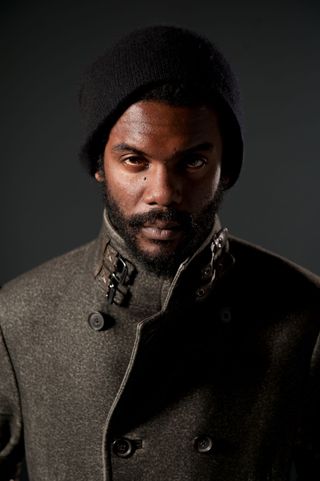
Do you ever get writers block, and how do you deal with it?
Well, “Feed the Babies” was one of those songs where I had to stall for a while. The music was there, but I just couldn’t come up with anything. Jacob saw I was stuck, and he said, “Well, I’ve kind of got something for this. I know it’s not really my place, but I’ve been listening to these roughs and this is my idea.” Have you ever seen the movie, Ray, where this guy is going “I’ve got this song,” and he gives it to Ray Charles? It was like that. Jacob kind of shyly sang it to me, and I went in there and basically polished it up or whatever.
So I’ve got to compliment Jacob, because he wrote at least 80 percent of that song, and it was something he wanted to put out there in the world. It’s not an easy thing to do when you’re not really a songwriter or a performer and you present something to an artist and say, “What do you think about this?” It could have been terrible, but it turned out to be an absolutely beautiful song.
You did all the drum programming for this project, so can you talk about how you created "I Got My Eyes on You (Locked & Loaded)"?
I was in L.A. for a couple of months when my wife was pregnant with our daughter; and I was at home in my little makeshift studio room with my Akai MPC X, and I came up with this drum pattern and chord progression. I just started off with the organ and kick drum and I was getting familiar with arranging and making multiple parts and adding dynamics and layers to that. I was really trying to figure out how to make a song on the MPC X and not just a looped beat – I wanted something that went somewhere.
When I got back to Texas, I put some guitars on it as well as drums and other live elements. It was really exciting to have Sheila E come in for a couple of days and play on four songs. When she heard the first chorus of “I Got My Eyes on You,” she goes, “Stop! I’ve got to get on this!” She just hopped up and created this amazingly beautiful stuff. In fact, the whole thing changed when she played on these songs.
I got up onstage to do some shows with Jimmie Vaughan and he looked down at my pedalboard and said, “What the fuck you going to do with all that?”
Gary Clark Jr.
Is your live setup different from what you used to record with?
No, it’s pretty much the same except for using some backline amps… I’m a little bit gun shy about pulling out all the effects. I got up onstage to do some shows with Jimmie Vaughan and he looked down at my pedalboard and said, “What the fuck you going to do with all that?” I said, “I don’t know man, I guess nothing.” [laughs]
Watching him play, I’m thinking, “Is all this necessary?” I mean, it really is kind of telling when someone who is basically just using their fingers can make guitar sounds like that. It’s pretty incredible.
But you know what? I love you Jimmie, but this is my life and I’m going to stomp on my fuzz!
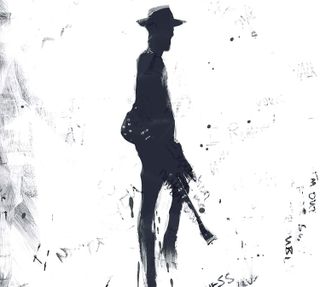
Get This Land by Gary Clark Jr. here.
Get The Pick Newsletter
All the latest guitar news, interviews, lessons, reviews, deals and more, direct to your inbox!

Art Thompson is Senior Editor of Guitar Player magazine. He has authored stories with numerous guitar greats including B.B. King, Prince and Scotty Moore and interviewed gear innovators such as Paul Reed Smith, Randall Smith and Gary Kramer. He also wrote the first book on vintage effects pedals, Stompbox. Art's busy performance schedule with three stylistically diverse groups provides ample opportunity to test-drive new guitars, amps and effects, many of which are featured in the pages of GP.
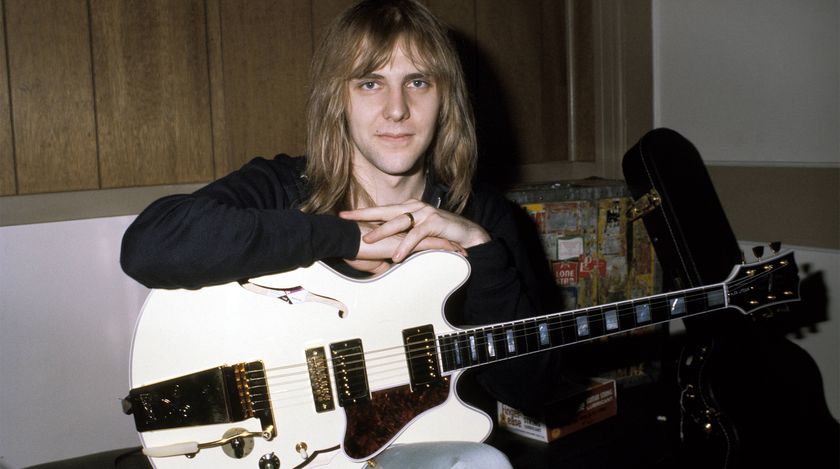
“I don’t see why I have to go through all the BS of high school to learn music." Watch 17-year-old Alex Lifeson argue with his parents about his future with Rush in a 1971 documentary
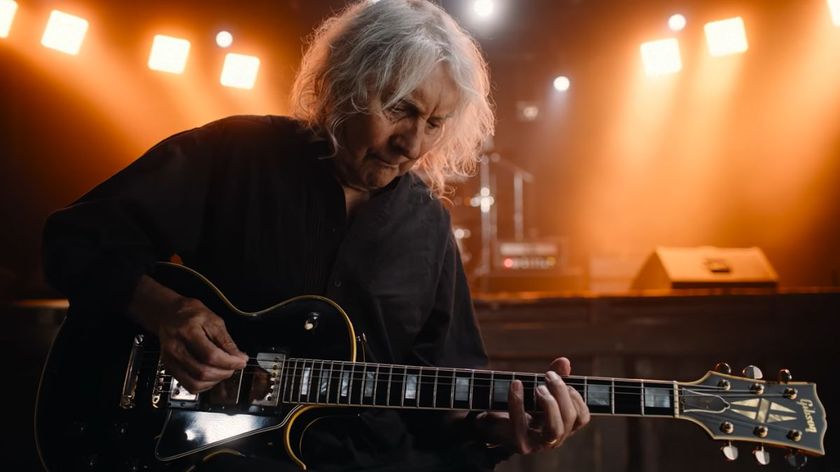
“Eric never asked for the guitar back. He was happy that I was enjoying it and using it onstage.” When Albert Lee received a Les Paul Custom from Eric Clapton, he had no idea how much history it held
